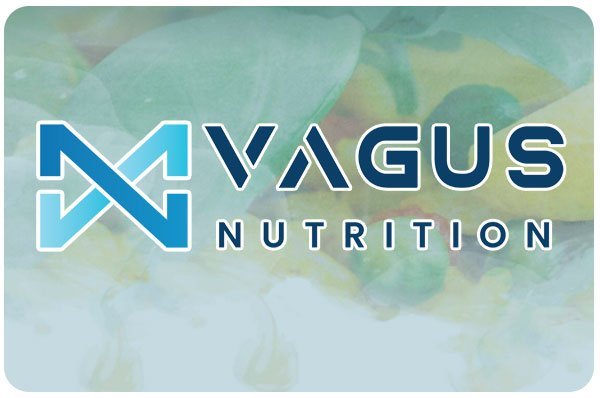Achieving complete fitness requires a balanced approach that addresses various aspects of physical, mental, and emotional health. Here’s a comprehensive guide:
Establish a Balanced Exercise Routine
Cardiovascular Training
Incorporate activities such as running, swimming, cycling, or brisk walking to improve heart health and endurance. Aim for at least 150 minutes of moderate-intensity or 75 minutes of high-intensity cardio per week.
Strength Training
Include weight lifting, resistance bands, or bodyweight exercises like push-ups and squats to build muscle strength and bone density. Aim for at least two sessions per week, targeting all major muscle groups.
Flexibility and Mobility
Practice stretching, yoga, or Pilates to enhance flexibility, improve joint mobility, and reduce the risk of injury. Spend 10-15 minutes stretching after workouts or dedicate specific sessions to flexibility training.
Balance and Coordination
Engage in exercises like tai chi, balance drills, or specific sports to improve stability and coordination, which can help prevent falls and improve overall functional fitness.
Maintain a Nutritious Diet
Eat Whole Foods
Focus on a diet rich in fruits, vegetables, lean proteins, whole grains, and healthy fats. These provide essential vitamins, minerals, and nutrients necessary for optimal health.
Hydration
Drink plenty of water throughout the day to maintain hydration, which is vital for all bodily functions.
Balanced Meals
Ensure each meal contains a balance of macronutrients: carbohydrates for energy, proteins for muscle repair and growth, and fats for hormone regulation and brain health.
Limit Processed Foods
Reduce intake of sugary, high-fat, and processed foods that can lead to weight gain and health issues.
Prioritize Rest and Recovery
Adequate Sleep
Aim for 7-9 hours of quality sleep per night to allow your body to recover, repair muscles, and maintain overall health.
Rest Days
Schedule rest days to prevent overtraining, which can lead to injuries and burnout. Incorporate active recovery activities like gentle stretching, walking, or light yoga.
Recovery Techniques
Use techniques such as foam rolling, massage, and hot/cold therapy to aid in muscle recovery and reduce soreness.
Set Realistic Goals and Monitor Progress
SMART Goals
Set Specific, Measurable, Achievable, Relevant, and Time-bound goals to maintain focus and motivation.
Track Progress
Use a fitness journal, apps, or wearables to track workouts, nutrition, and progress towards goals.
Adjust as Needed
Regularly reassess and adjust your fitness plan to ensure it remains challenging and aligned with your evolving goals.
Support Mental and Emotional Health
Stress Management
Practice mindfulness, meditation, deep breathing exercises, or other stress-reducing techniques to manage daily stress.
Positive Mindset
Maintain a positive attitude towards fitness and avoid negative self-talk. Celebrate small victories and progress.
Social Connections
Engage in social activities, group workouts, or fitness communities to stay motivated and enjoy the social benefits of exercise.
Work-Life Balance
Ensure a healthy balance between work, exercise, and personal life to prevent burnout and maintain overall well-being.

